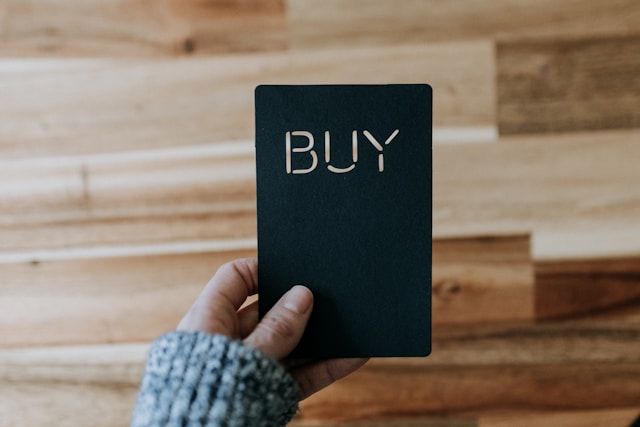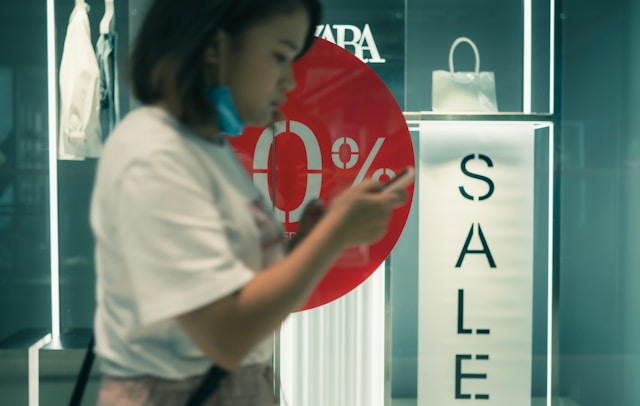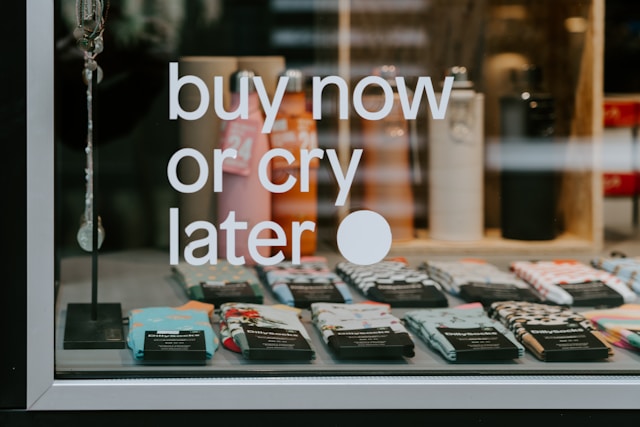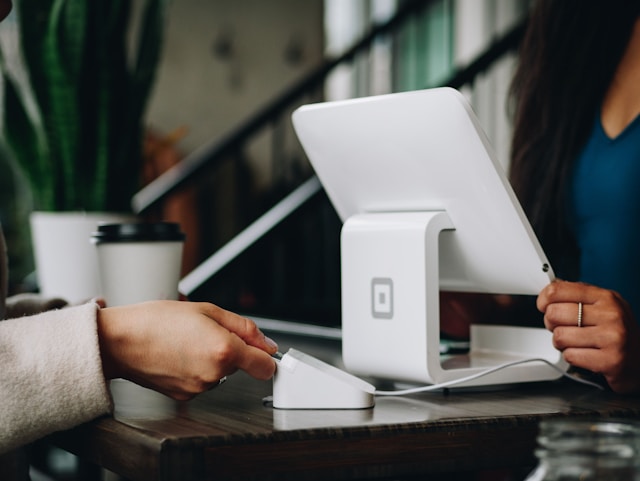We’ve all experienced it: walking into a store for one item and leaving with a cart full of things we didn’t plan to buy. Or scrolling through an online shop and suddenly clicking “add to cart” on a product we didn’t know we wanted five minutes earlier. This is the power of impulse buying.
Impulse purchases play a huge role in consumer psychology and business success. To better understand how and why they happen, marketers often look at the explain three of the seven phases of the impulse purchase cycle a process that explains the stages a shopper goes through before making an unplanned purchase. While the cycle includes seven phases, let’s focus on three key ones: the trigger, the emotional response, and the justification.
Phase 1: The Trigger (Recognition of Desire)

The impulse purchase cycle begins when a consumer encounters a trigger. This trigger is the spark that transforms casual browsing into a desire to buy. Triggers often come in the form of marketing tactics designed to grab attention and create urgency.
Examples of common triggers include:
-
Eye-catching product displays at the checkout counter.
-
Limited-time discounts or flash sales.
-
Online pop-ups that say “Only 2 left in stock!”
-
Strategic product placement at eye level in stores.
From a consumer psychology standpoint, triggers are effective because they bypass logical decision-making. Instead of carefully weighing the pros and cons, shoppers feel a sudden urge to buy simply because the product looks appealing, convenient, or scarce.
For marketers, mastering this stage means creating irresistible opportunities for shoppers to engage. Whether in physical retail or e-commerce, the trigger phase is where impulse buying begins.
Phase 2: The Emotional Response

Once the trigger has captured attention, the consumer moves into the emotional response phase. This is where impulse shopping truly takes shape. At this point, emotions override rational thought, and the consumer begins to imagine how the product will make them feel.
Some of the emotions that drive impulse buying include:
-
Excitement about owning something new.
-
Curiosity about trying a trending product.
-
Indulgence or treating oneself after a long day.
-
The thrill of getting a “good deal” during a sale.
Brands often use emotional marketing strategies to strengthen this phase. Luxury brands highlight exclusivity and status. Food and beverage companies emphasize comfort and satisfaction. Online retailers leverage influencer endorsements to create excitement around products.
From the perspective of consumer behavior, the emotional response phase is where a shopper envisions the immediate reward of purchasing. That “feel-good” factor is powerful, which is why emotional shopping behavior accounts for a significant percentage of retail and e-commerce sales.
Phase 3: The Justification (Rationalization)

Even when emotions are strong, most consumers still look for ways to rationalize their purchases. This is where the justification phase comes into play. After feeling the urge to buy, the shopper seeks logical reasons to confirm that the decision makes sense.
Common rationalizations include:
-
“It’s on sale, so I’m saving money.”
-
“I’ll need this in the future anyway.”
-
“I deserve to treat myself.”
-
“It’s a small expense, so it won’t hurt my budget.”
Marketers often anticipate this behavior and provide justifications that reinforce the purchase. Examples include bundling products together, offering discounts for bulk orders, or framing an item as “limited edition.” In e-commerce, urgency tactics like countdown timers also strengthen rationalization by suggesting the deal is too good to pass up.
Understanding this phase of the impulse purchase cycle is crucial. It shows that impulse buying isn’t purely emotional there’s also a layer of consumer psychology where shoppers convince themselves that they’re making a smart or necessary choice.
Why These Phases Matter
Together, the trigger, emotional response, and justification explain a large part of how impulse purchases happen. For businesses, understanding these three phases provides insight into consumer psychology and helps refine marketing strategies.
-
Triggers help attract attention in competitive markets.
-
Emotional responses drive the desire to buy in the moment.
-
Justifications reduce buyer hesitation and make the purchase feel valid.
For shoppers, being aware of these stages can also help resist unnecessary spending. Recognizing when an impulse is triggered, pausing before acting on emotions, and questioning rationalizations can lead to more mindful shopping.
Conclusion
Impulse buying is more than just a spontaneous decision, it’s a psychological process shaped by triggers, emotions, and rationalizations. By explain three of the seven phases of the impulse purchase cycle, businesses can design smarter marketing campaigns that tap into real consumer behavior. At the same time, consumers who recognize these phases can better control their shopping habits.

